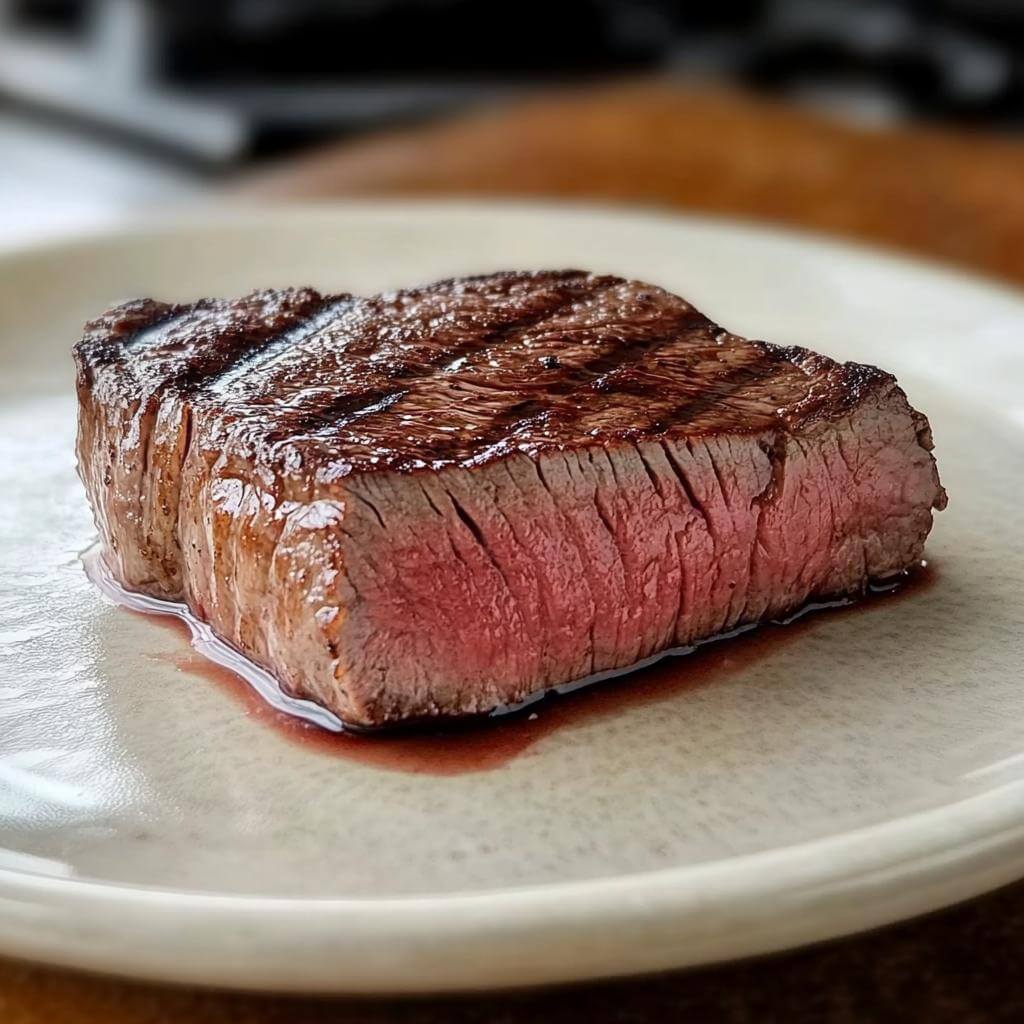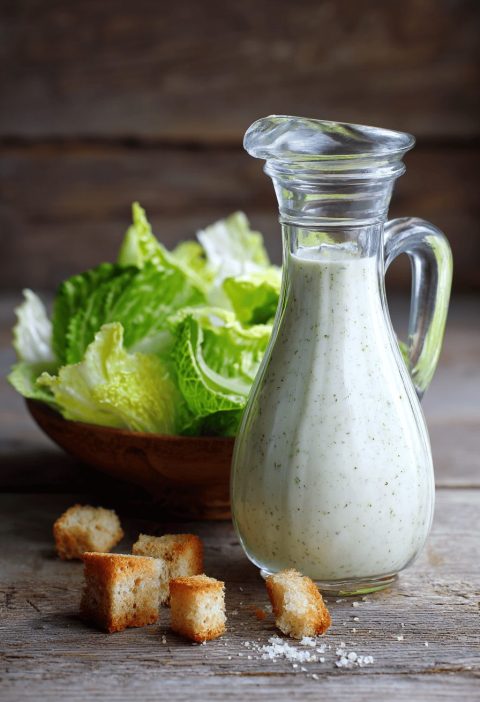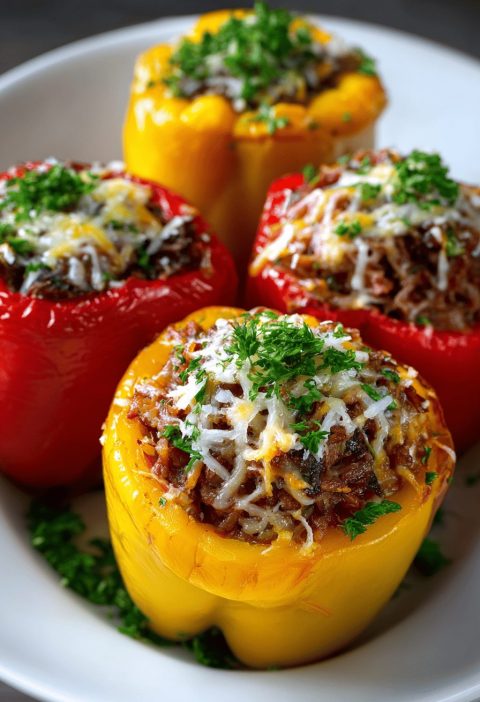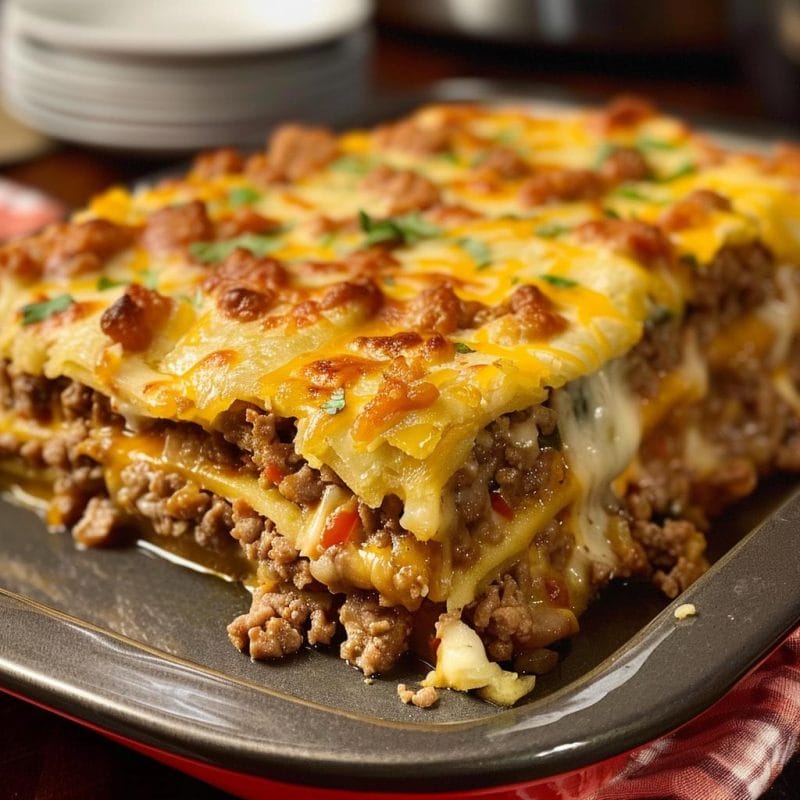Would you like to save this?
When it comes to cooking steak, disagreements can get as heated as the grill itself. My sister and I have been locked in an ongoing battle: I believe the steak I cooked is medium-rare, but she insists it’s undercooked—practically raw. It’s a classic culinary standoff, and it got me thinking: What exactly qualifies as medium-rare? Steak doneness is a personal preference that can spark passionate debates at the dinner table, often leaving people divided. If you’ve ever found yourself in a similar situation, this guide will walk you through the nuances of steak doneness and give you the tools to settle any future disagreements.
Understanding Steak Doneness Levels
Knowing the different doneness levels is the first step in mastering steak cooking. Here’s a breakdown of each level, so you can identify when your steak is just right—or when it’s time to toss it back on the grill.
1. Rare
A rare steak is seared quickly on the outside but left cool and red in the center, with an internal temperature of 120°F to 125°F. The texture is soft, and the meat retains the most moisture. It often has a slightly metallic taste, thanks to the low cooking temperature. This cut is for people who love a bold, almost primal experience, but to others (like my sister), it can look borderline raw.
2. Medium-Rare
This is the sweet spot for many steak lovers. A medium-rare steak has a warm red center and reaches an internal temperature of 130°F to 135°F. It’s still juicy but with more structure than a rare steak, offering the best balance between tenderness and flavor. The exterior should be browned with a slight crust, while the inside remains soft and moist. This is where my steak lands—and where the debate with my sister begins.
3. Medium
If you’re looking for a little less red but still want some juiciness, medium is the way to go. A medium steak has a warm pink center with an internal temperature of 140°F to 145°F. It’s slightly firmer than medium-rare but still retains good flavor and moisture. Many people find this to be the best compromise, offering a bit of pink without too much red.
4. Medium-Well
At 150°F to 155°F, the steak is mostly brown with just a hint of pink in the center. Medium-well appeals to those who prefer less moisture and a firmer texture. While it still has some tenderness, it’s moving into the territory where many steak purists might say it’s overcooked.
5. Well-Done
A well-done steak is thoroughly browned from edge to edge, with an internal temperature of 160°F and above. While it sacrifices tenderness and juiciness, some people prefer their steaks fully cooked with no pink in sight. This level is often viewed as the safest bet for those uncomfortable with any redness, though steak enthusiasts may argue it loses too much flavor.
Tools and Techniques to Get It Right
Even though steak doneness is often a personal preference, achieving consistency is key. Here are some tools and techniques to help you get the exact level of doneness you’re aiming for.
1. Use a Meat Thermometer
This is the most reliable way to measure steak doneness. Insert the thermometer into the thickest part of the steak for an accurate reading. Keep in mind that the internal temperature will continue to rise by 5°F to 10°F even after you take the steak off the heat, so plan accordingly. For medium-rare perfection, aim for 130°F before removing it from the pan or grill.
2. Try the Touch Test
If you don’t have a thermometer handy, you can use the touch test. Compare the firmness of the steak to different parts of your hand. For example, when you lightly press your thumb and middle finger together, the fleshy part of your palm below your thumb mimics the feel of a medium-rare steak. The more fingers you press together (thumb to ring finger or pinky), the firmer the muscle becomes, resembling the feel of steaks at higher doneness levels.
3. Resting Your Steak Matters
After cooking, let your steak rest for about 5 to 10 minutes before slicing. This allows the juices to redistribute throughout the meat, preventing them from leaking out when you cut into it. A rested steak also feels more tender and flavorful—plus, the temperature will rise slightly during this time, which can affect its final doneness.
How to Avoid Miscommunication About Doneness
The way people interpret steak doneness is highly personal, and a lot of misunderstandings can be avoided through clear communication. Here are a few tips to ensure everyone at the table gets their steak exactly how they like it.
1. Express Your Preferences Clearly
When dining at a restaurant or cooking at home, be specific about how you like your steak. Terms like “medium-rare” or “medium” can mean different things to different people, so it helps to clarify exactly what you’re expecting. Saying, “I like it with a warm red center” gives the cook a more precise idea of what you’re looking for.
2. Use Visual References
Sometimes words aren’t enough to convey what you’re after. Having visual guides or photos of steaks at different levels of doneness can help you and your dining companions develop a shared understanding of what each term means.
3. Practice Makes Perfect
Cooking steak well takes practice. Experiment with different techniques, cooking times, and temperatures to get comfortable identifying doneness levels. Over time, you’ll develop an eye (and touch) for knowing when your steak is exactly where you want it.
Settling the Debate: Is It Medium-Rare or Raw?
The biggest difference between a properly cooked medium-rare steak and a raw or undercooked one lies in the temperature and texture. A medium-rare steak should feel warm to the touch and have a vibrant red center, while an undercooked steak will feel cool and lack that warm interior. If the steak you’re debating over has a soft but warm center and some browning on the outside, congratulations—it’s medium-rare. If it’s cold in the middle, however, your sister might have a point, and it needs a bit more time on the heat.
Final Thoughts: Agreeing to Disagree
At the end of the day, steak preferences are highly personal, and finding common ground can sometimes be tricky. One person’s perfect medium-rare might look too raw to someone else, and that’s okay. The key is learning how to cook steak to meet different tastes—whether it’s for yourself, your family, or your guests. By understanding the nuances of doneness, using the right tools, and communicating clearly, you’ll not only settle debates but also improve your culinary skills.
So, whether you and your sister come to an agreement or continue to stand your ground, the journey to mastering steak is a delicious one worth pursuing. And hey, if all else fails, you can always cook two steaks—one for the medium-rare lovers and one for those who prefer it more done. Happy grilling!







